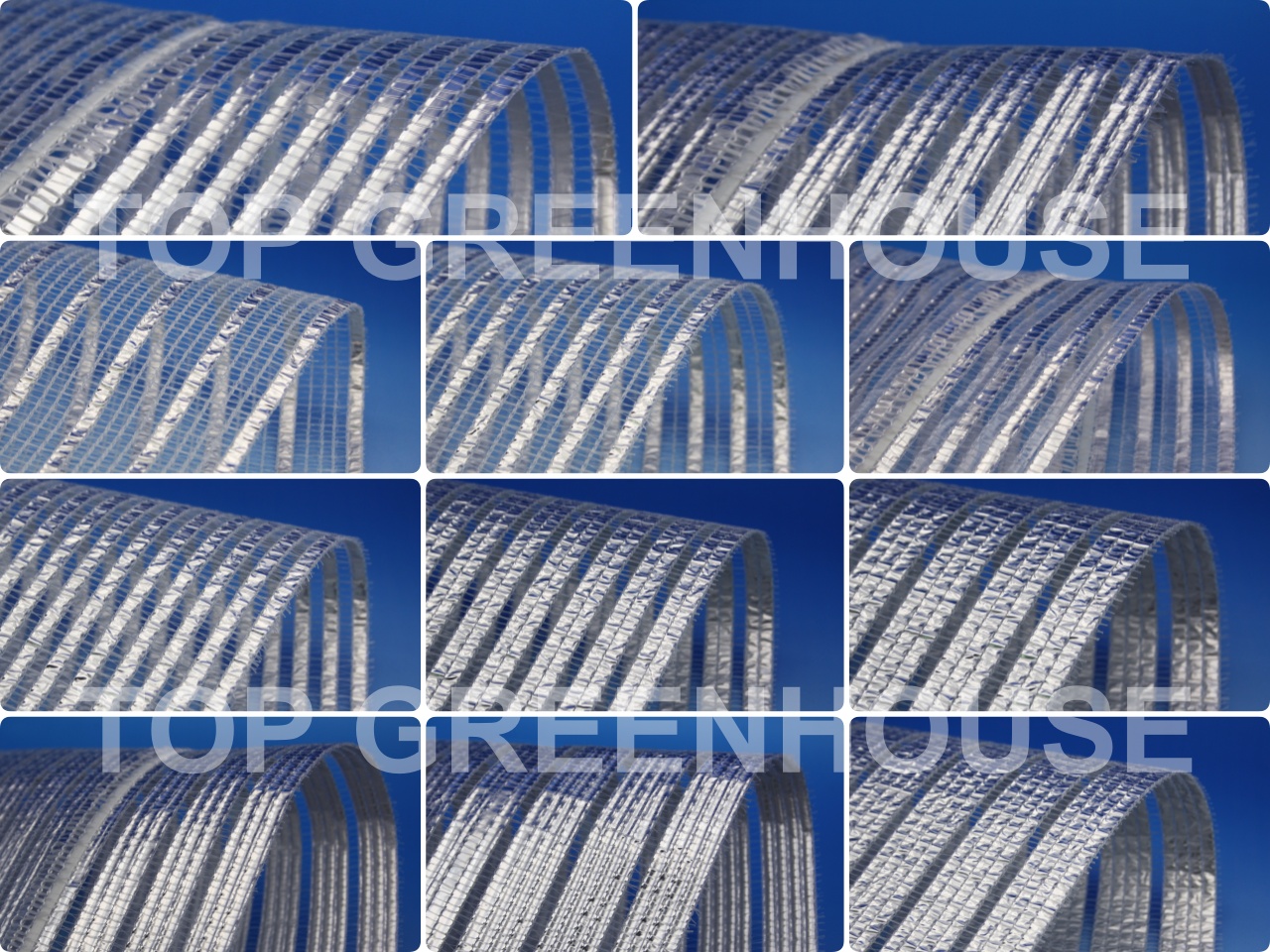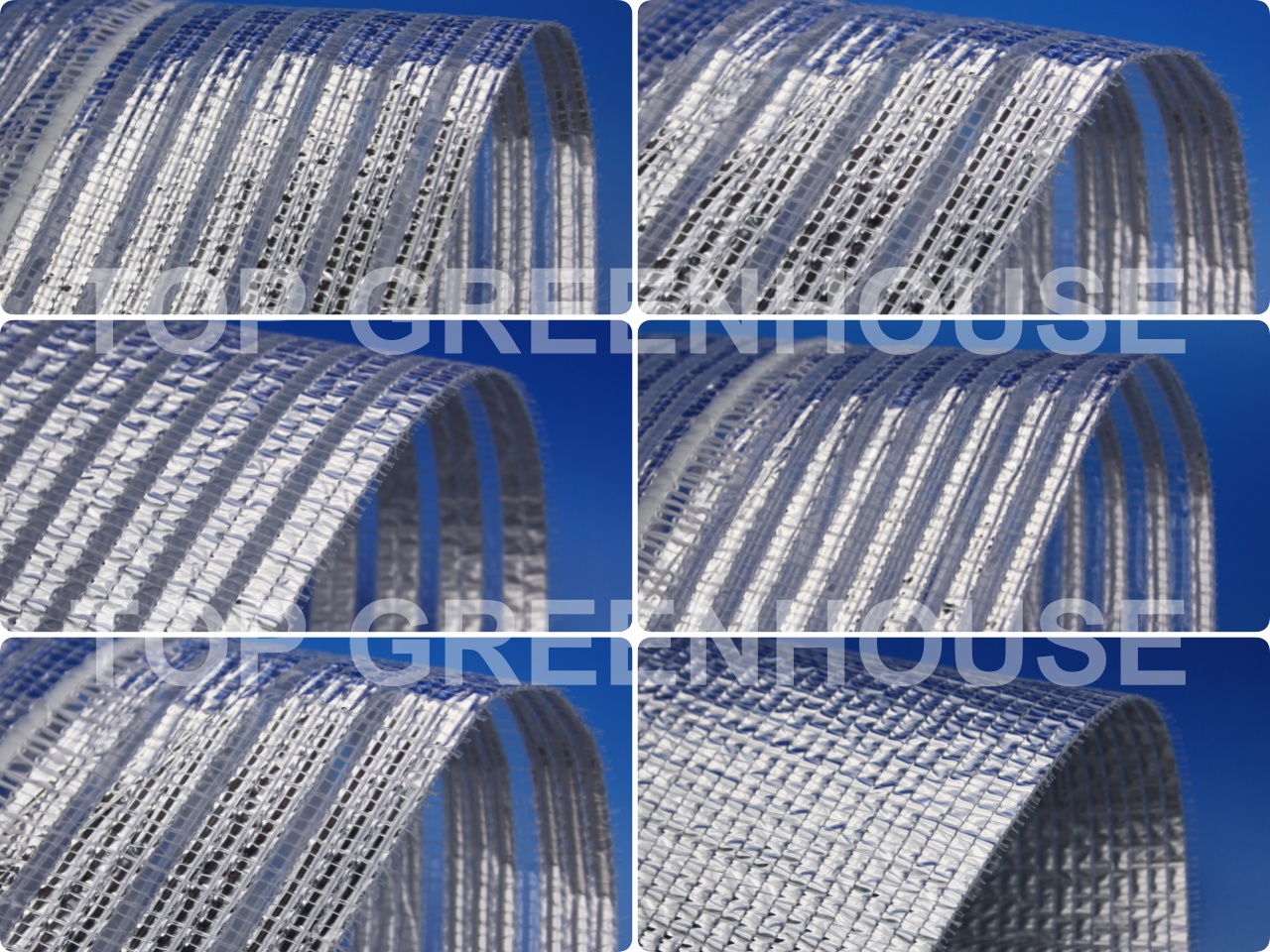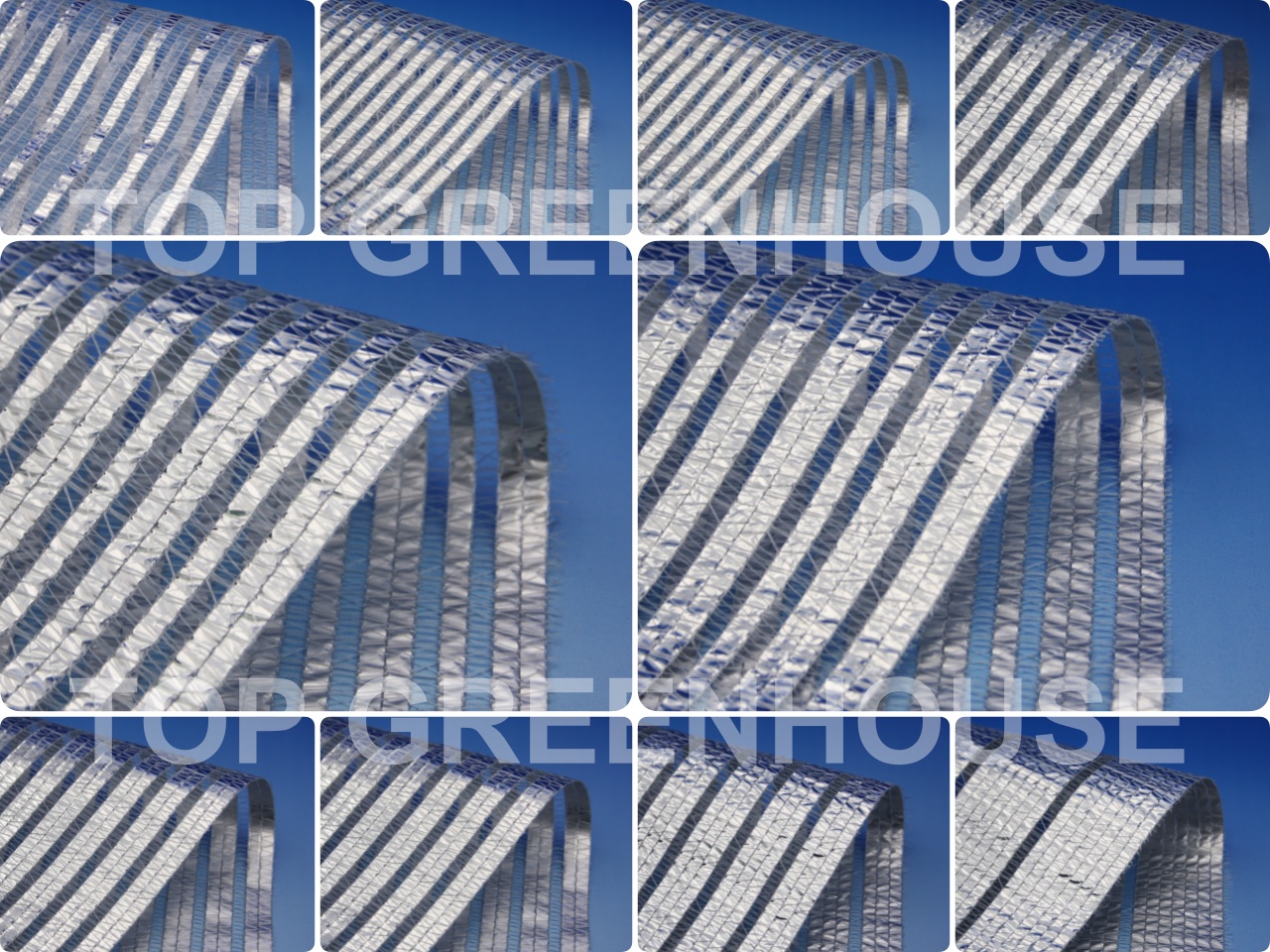Views: 0 Author: Site Editor Publish Time: 07-08-2025 Origin: Site
Maximizing plant health and productivity starts with creating the right environment—and that's where shade solutions come into play. One standout option increasingly favored by modern growers is Aluminet Shade Cloth. Designed to regulate light, heat, and humidity, Aluminet is an advanced material that's changing the way people protect their crops. Whether you're managing a high-tech greenhouse or tending a small garden, this reflective shade cloth offers a smart, effective way to boost growing conditions. In this guide, you'll discover what makes Aluminet unique, how it compares to other shade options, and how to use it for the best results.
Aluminet Shade Cloth is a high-performance fabric created specifically for agricultural environments where light and temperature control are essential. Unlike basic shade cloths made solely from dark, light-blocking materials, Aluminet consists of high-density polyethylene (HDPE) threads with a reflective aluminum coating. This smart design not only reflects sunlight but also disperses it evenly, helping to lower temperatures and eliminate harsh shadows. Originally developed in Israel to withstand extreme climate conditions, Aluminet is now a go-to solution worldwide for growers looking to reduce heat stress and improve crop quality. It comes in a range of shading density—from 30% to 90%—allowing you to tailor your setup to specific crops and climates.

Black shade cloth works by absorbing sunlight, which also traps heat underneath. This isn't ideal in hot weather, as it can increase the temperature in your greenhouse or growing area. In contrast, aluminet reflects much of that solar energy, keeping the area cooler and reducing the need for mechanical cooling. This difference can lead to significantly lower temperatures under Aluminet—especially useful during summer or in warm climates.
While black cloth simply dims the light, it can create uneven brightness and even shadows. Aluminet improves on this by diffusing light, spreading it more uniformly across the entire growing space. This helps prevent hotspots and ensures that light reaches all parts of the plant, encouraging healthier and more balanced growth.
Aluminet also offers thermal protection. It reflects heat away during the day and helps retain warmth during cooler nights, acting as a kind of thermal blanket. Black shade cloth lacks this dual-function, making aluminet the better option for maintaining consistent growing temperatures when day and night conditions vary widely.
Aluminet Shade Cloth brings a host of benefits that make it a top choice for growers:
By reflecting heat, aluminet reduces the need for cooling systems in greenhouses. Studies suggest it can cut energy costs by up to 50% in certain setups, especially during peak summer months.
The diffused light and cooler temperatures minimize heat stress, leading to stronger plants and better-quality harvests. For instance, leafy greens grown under aluminet often exhibit less wilting and more vibrant color.
Made from UV-resistant HDPE with a metallized coating, aluminet withstands harsh weather and prolonged sun exposure, lasting 5-7 years with proper care.
Its shiny surface can repel certain pests and rodents, offering a natural barrier that reduces reliance on pesticides.
With shading levels ranging from 30% to 70%, growers can select the perfect density for crops like orchids (needing moderate shade) or lettuce (thriving under heavier shade).
These advantages make Aluminet more than just a shading solution—it's a tool for improving efficiency, plant quality, and sustainability.

While shade cloth comes in a variety of colors, the one you choose can dramatically affect your growing environment. Here's how Aluminet's silver tone compares to the most common alternatives:
| Color | Properties | Best For |
|---|---|---|
| Black | Absorbs both light and heat | Cooler regions |
| Green | Filters light softly but doesn't reflect heat effectively | Decorative plants |
| Red | Manipulates specific light wavelengths to influence flowering | Flowering crops |
| Silver/Aluminet | Reflects sunlight and heat while diffusing light evenly | Warm climates or sun-sensitive crops |
In most situations, especially in warm climates or during peak sunlight hours, Aluminet outperforms other options due to its ability to maintain both brightness and coolness.

External Aluminet is installed outside the greenhouse or growing area, providing maximum heat reflection and shading. It's perfect for hot, sunny regions where reducing heat buildup is a priority. Commercial growers often use it over large greenhouses to protect crops like cucumbers or roses from scorching sun. Its robust design also makes it suitable for outdoor shade structures, such as nurseries or livestock shelters.
Internal Aluminet is placed inside the greenhouse, often as a movable thermal screen or fixed ceiling. It offers moderate shading and excels at energy conservation by retaining heat at night. This type suits crops needing less intense light control, like ferns or microgreens, and is popular in climates with cold nights. Its flexibility makes it a year-round solution for temperature management.
The open cell structure features a knitted pattern with small gaps, enhancing ventilation while providing shade. It's lightweight and ideal for external use, such as over pergolas or greenhouses where airflow is critical. This design prevents heat buildup and is easy to install, making it a favorite for outdoor applications in windy or humid areas.
The closed cell structure is more tightly woven, offering higher shading and insulation. It's typically used internally as a thermal screen, reducing light penetration and condensation while maintaining stable temperatures. This structure suits greenhouses in cooler climates or for crops requiring precise environmental control, like mushrooms or delicate seedlings.

For external use, secure it above the growing area with a frame or cables. Internally, mount it as a fixed layer or use pulleys for a movable screen. Ensure proper tension to avoid sagging.
Clean it with mild soap and water to remove dust or debris. Avoid abrasive scrubbers or harsh chemicals that could scratch the reflective coating.
With proper maintenance, Aluminet lasts 5-7 years. Its UV-resistant properties help it endure prolonged sun exposure without degrading.
Yes! It excels in hot climates by reflecting heat and performs well in cooler regions by retaining warmth, making it a versatile all-season option.
Yes, Aluminet can be trimmed with scissors or a utility knife to fit your space, though sealing the edges with tape can prevent fraying.
Aluminet Shade Cloth is more than just a shading solution—it's a game-changer for modern agriculture. Its reflective properties, energy-saving potential, and adaptability set it apart from traditional shade cloths like black polyethylene. Whether you opt for external or internal types, or choose between open or closed cell structures, Aluminet delivers unmatched control over light and temperature. For growers aiming to boost yields, protect plants, and cut costs, this innovative material is a worthy investment. Explore Aluminet Shade Cloth today and transform your growing space into a thriving, efficient oasis.
Your Go-To Resource for Understanding Aluminet Shade Cloth
Comprehensive guides, installation tips, and expert advice
© 2025 Aluminet Shade Solutions | TOP Greenhouse